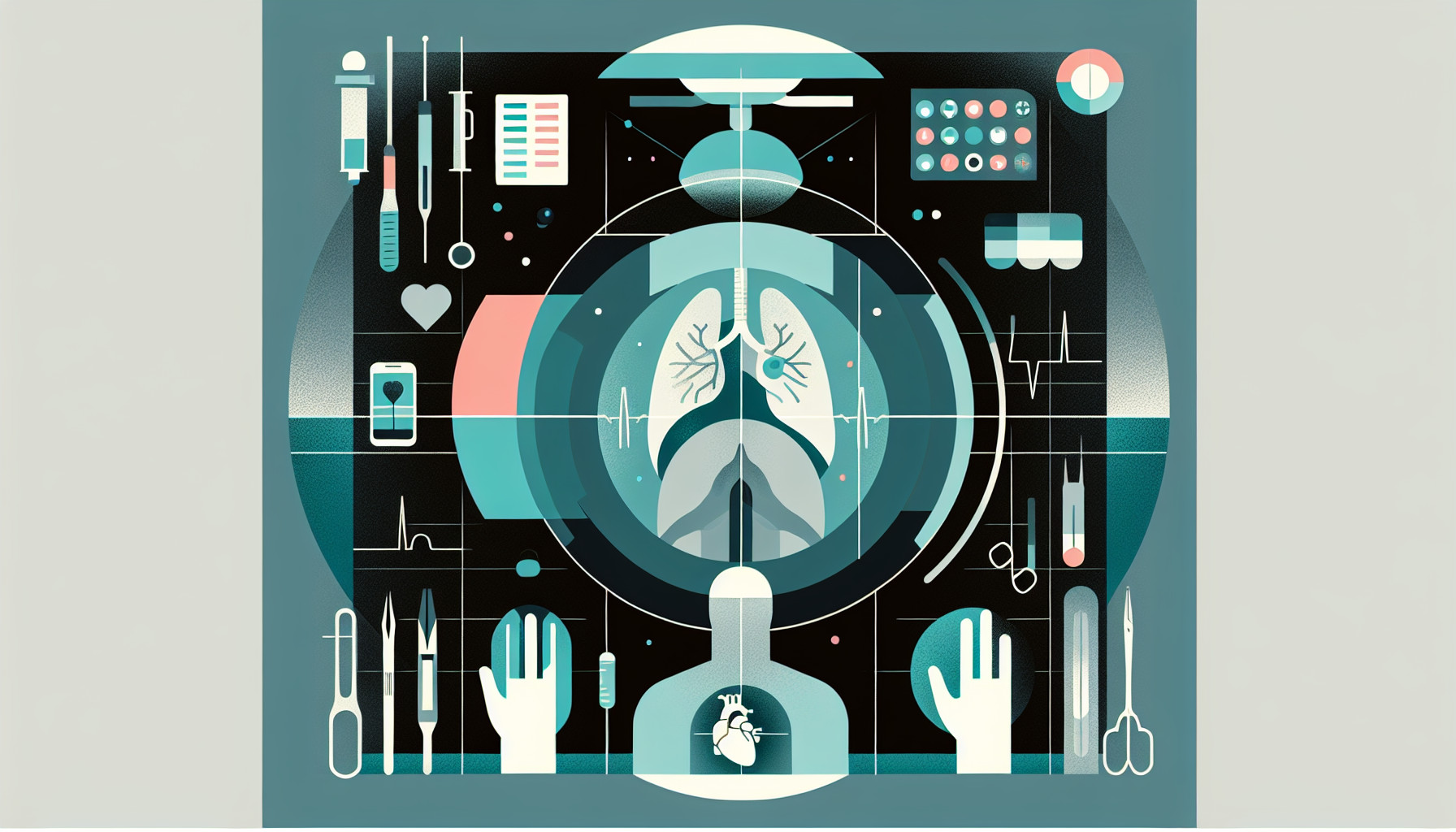Our Summary
This research paper explores a new technique for nipple reconstruction during breast reconstruction surgery, aiming to maintain the shape and projection of the nipple over a long period of time.
The study compared two methods: the traditional technique called the C-V flap, and a new modified C-V flap method which uses a special stitching technique, called purse-string sutures, at the base of the nipple. The researchers followed up with patients who had undergone these procedures at 3, 6, and 12 months post-surgery, to see how well their nipple projection had been maintained.
The study included 116 patients, with 41 undergoing the traditional method and 75 undergoing the new method. The results showed that the new method was more successful at maintaining nipple projection at all the follow-up points. It also had a lower rate of needing to be redone, or revised, over an average follow-up of just over 17 months.
In simpler terms, the study found that this new method of nipple reconstruction, which involves a special type of stitching at the base of the nipple, could potentially lead to better long-term results for patients undergoing breast reconstruction surgery.
FAQs
- What is the new technique for nipple reconstruction discussed in the research paper?
- How does the new nipple reconstruction method compare to the traditional C-V flap method in terms of maintaining nipple projection?
- What were the main findings of the study in terms of success rate and need for revision surgeries for the new nipple reconstruction method?
Doctor’s Tip
A doctor may tell a patient that the new modified C-V flap method with purse-string sutures has been shown to be more successful in maintaining nipple projection over time compared to the traditional technique. This could potentially lead to better long-term results and a lower rate of needing revisions. It is important to discuss this option with your surgeon to determine if it is the best choice for you.
Suitable For
Patients who are typically recommended nipple reconstruction are those who have undergone a mastectomy or breast reconstruction surgery and desire to restore the appearance of their nipple. Nipple reconstruction is often recommended for patients who have lost their nipples due to breast cancer treatment or other conditions, and wish to regain a more natural-looking breast shape.
Additionally, patients who have undergone breast reconstruction surgery and are unhappy with the appearance of their nipples, such as those who have nipples that are flat or have lost projection, may also be recommended for nipple reconstruction. Nipple reconstruction can help to enhance the overall aesthetic outcome of breast reconstruction surgery and improve the patient’s satisfaction with their appearance.
Overall, nipple reconstruction is typically recommended for patients who wish to achieve a more natural-looking breast appearance following mastectomy or breast reconstruction surgery. The new technique described in the research paper may offer improved long-term results for patients undergoing nipple reconstruction.
Timeline
Before nipple reconstruction, a patient typically undergoes a mastectomy to remove the breast tissue. This is usually followed by breast reconstruction surgery, where a new breast mound is created using tissue from elsewhere in the body or implants. Nipple reconstruction is often the final step in the process of breast reconstruction.
After nipple reconstruction, a patient may experience some swelling, bruising, and discomfort in the area. The nipple may initially appear larger and may change in shape and color over time as it heals. The new nipple may also feel less sensitive than the original nipple.
In the months following nipple reconstruction, the nipple projection may start to decrease due to the natural healing process and tissue settling. This is where the new technique of using purse-string sutures at the base of the nipple in the modified C-V flap method may help to maintain nipple projection over time.
Overall, nipple reconstruction is an important step in the journey of breast reconstruction for many patients, as it can help restore a sense of normalcy and confidence after a mastectomy. The new technique studied in this research paper shows promise in improving the long-term results of nipple reconstruction for patients undergoing breast reconstruction surgery.
What to Ask Your Doctor
Some questions a patient should ask their doctor about nipple reconstruction using this new technique include:
- How does the modified C-V flap method with purse-string sutures differ from the traditional C-V flap method for nipple reconstruction?
- What are the potential benefits of using purse-string sutures at the base of the nipple for maintaining projection over time?
- What is the success rate of the new method compared to the traditional method in maintaining nipple projection?
- How long is the average follow-up period for patients who have undergone the new nipple reconstruction technique?
- What is the likelihood of needing a revision or additional surgery with the new method compared to the traditional method?
- Are there any potential risks or complications associated with the new technique that I should be aware of?
- How soon after breast reconstruction surgery can nipple reconstruction be performed using this new method?
- What type of scarring can I expect with the new technique compared to the traditional method?
- Are there any specific post-operative care instructions or precautions I should follow to ensure the best possible outcome with this new nipple reconstruction technique?
- Can you provide me with before and after photos of patients who have undergone nipple reconstruction using this new method to help me understand the potential results?
Reference
Authors: Yoo H, Park S, Chang H. Journal: J Plast Reconstr Aesthet Surg. 2023 Sep;84:62-70. doi: 10.1016/j.bjps.2023.04.061. Epub 2023 Apr 23. PMID: 37327734
